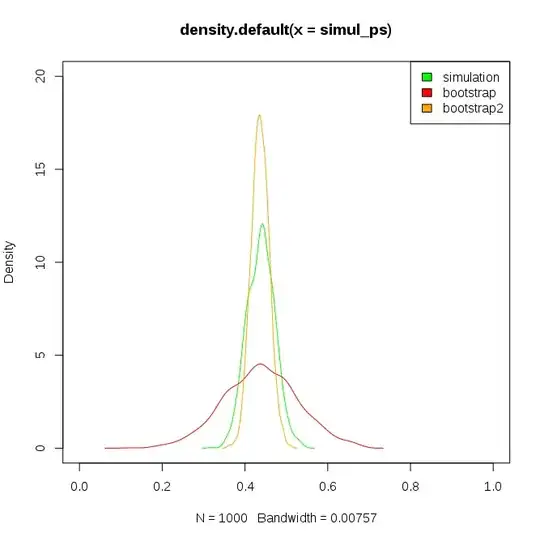I have seen this stated in multiple sources, where if the errors in a linear model ($y_i = \beta x_i + \epsilon_i$) follow $\epsilon_i \sim \mathcal{N}(0, \sigma^2)$, then $x_i|\beta \sim \mathcal{N}(0, \sigma^2)$, the same distribution. Here is one link https://www.youtube.com/watch?v=_-Gnu498s3o that states this, starting at around 2:20.
If the error terms are gaussian distributed, why does this imply that the independent and dependent variables are also gaussian distributed?
